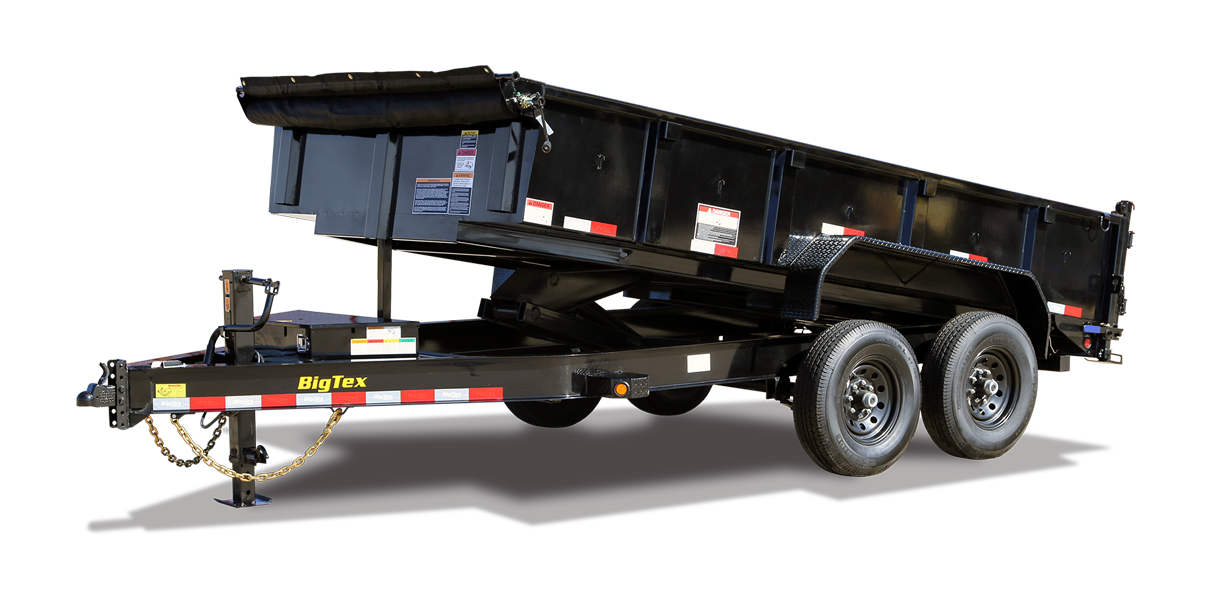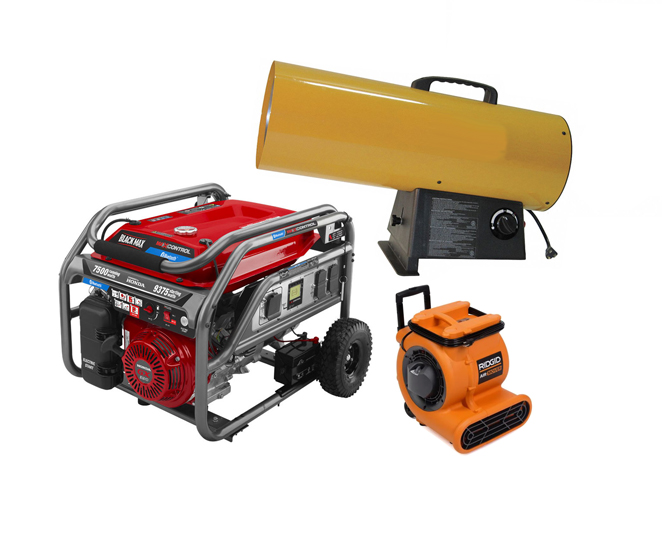- We offer equipment rental in the greater Charlotte area
- 980-298-7892
- Mon - Sat 8.00AM - 6.00PM

Scissor lift
Your search results: 1
Scissor Lift, Skyjack 3219
- $130.00 / Day
- $340.00 / Week
- $1,190.00 / Month
- Type Vehicles: Scissor Lift
- Drive Type: Track
- Maximum Reach: 25ft
- Model: 3219
- Brand: Skyjack
- Walking Speed: 2mph
- Type: Scissor lift, Demolition
Total rental price
Excl. taxes
$130.00
Scissor Lift Rental
Renting a scissor lift is often the most cost-effective option for contractors and construction crews that only need aerial work platforms occasionally. Rather than investing in purchasing expensive equipment that may sit idle much of the time, scissor lift rental provides access to the right equipment when you need it.How to Choose a Scissor Lift for Rental
When you rent a scissor lift, it is important that you choose the right type and size for your business. The main factors to consider are:- Height and Reach. Consider the maximum platform height and horizontal reach you’ll require to comfortably access your overhead work areas. Standard lift heights range from around 12 feet to over 40 feet.
- Capacity. Make sure to choose a unit with sufficient load capacity for workers, tools, and materials. Capacities range from 500 to 1,000+ pounds.
- Maneuverability. Look at dimensions and turning radius. Some compact lifts are optimal for tight indoor spaces, while larger units offer greater stability outdoors.
- Terrain. For outdoor jobs, you may need all-terrain or rough terrain lifts that can handle uneven surfaces, slopes or rough ground conditions while maintaining stability.
Types and Sizes of Scissor Lifts Available for Rental
Rental suppliers offer a wide selection of scissor lift types:- Electric Scissor Lifts. Best suited for smooth, flat indoor surfaces. No emissions make them ideal for indoor job sites.
- Rough Terrain Scissor Lifts. With large tires and high ground clearance, these are designed for uneven external surfaces, obstacles, incline or beads. Popular for construction sites.
- Mobile Scissor Lifts. Compact units that are highly maneuverable in tight spaces thanks to a zero or minimal turning radius. Great for warehouses, factories and more.
- Articulating Boom Lifts. Technically not a true scissor mechanism, these have an articulating arm and can reach up and over obstacles. Useful for worksites with reach limitations.
How Much Does It Cost To Rent a Scissor Lift
When budgeting for a scissor lift rental, costs can vary widely depending on several key factors:- Type and Size of Lift. The larger the lift – meaning taller height capacity, higher reach, and increased load capacity - the higher the rental rates. Basic electric scissor lifts can run $100-$150 per day, while larger diesel-powered rough terrain lifts can cost $300 or more daily. Boom lifts, for example, tend to rent for 25-30% higher than comparable scissor lifts.
- Rental Period. Daily and weekly rental rates offer some volume discounts, but the best values come with monthly rates in most cases. For example, renting for a full month may only run 1.5-2 times the weekly rental rate at many rental companies. Some may offer even better extended term discounts, making monthly rentals quite affordable. Renting for 6 months could mean rates as low as 20-25% of the quoted daily rate.
- It’s worth inquiring about any weekly, monthly or longer-term discounts to find the most economical rental period to meet your needs. Just watch minimum rental thresholds which can impact discounts in some cases – for example having to rent for a full month to get the monthly rate.
- Geographic Location. Average scissor lift rental rates can be 20% or higher in some major metropolitan or resort areas compared to national averages. Rates also tend to be higher in regions with higher costs of living in general or elevated labor rates. On the other hand, more remote and rural regions may have reduced rates and greater price flexibility from rental firms. Shipping/transportation costs also impact rental rates in more isolated areas. If rental inventory needs to be delivered from distant depots, those costs get calculated into higher rental fees. In contrast where rentals centers have high local availability near customer sites, delivered rates can be lower. No matter your location or region, it always pays to check multiple area rental companies for the best comparable lift rental pricing.
FAQ
How to Rent Scissor Lifts On Next Level Rent
Renting a scissor lift is usually a smooth, straightforward process, but having an understanding of each key step can help ensure it goes smoothly.- Research Equipment Options. Use search engines and national or local equipment rental directories to locate rental companies in your area with scissor lifts available for rent. Compile a list of 4-5 potential providers. Visit their websites to gather data on rental fleet options, including:
- Types of lifts (electric/rough terrain/articulating etc.).
- Range of capacities/platform heights.
- Available accessories like generators or air compressors.
- Compare standard rental rates between companies. And don't skip actually calling to speak with rental agents – sometimes unpublished discounts may be open for discussion that don’t appear on websites.
- Select Your Unit. Once you’ve researched offerings and rates to narrow down suppliers, have clarity on the exact type of unit suited for your work scope before finalizing rental arrangements. Help the rental agent understand specifics like:
- Maximum reach height/extension needed.
- Surface type and site terrain.
- Capacity – worker/tool/material weights.
- Location factors like restricted access.
- An equipment specialist can recommend best fits from their rental fleet inventory based on your site conditions and aerial work requirements once dimensions and details are nailed down.
- Schedule Delivery/Setup. When ordering your rental lift, inform the rental provider about challenges like limited access so delivery vehicles and services can be appropriately coordinated. Define requirements for technicians to perform setup on site – for example, fully extending outriggers and stabilizers to make the equipment ready for immediate use upon delivery. Clearly specify rental period as well, and inquire about extensions/overruns procedures in case projects take longer than anticipated.
- Ensure Proper Operator Training. Every lift operator must complete model or equipment-specific training before running any aerial platform – including rented units of an unfamiliar make. Most rental companies provide complimentary operator training resources like videos and manuals. Take time to thoroughly review operating characteristics, load capacities, safety mechanisms, emergency procedures and precautions for the rented equipment.
- Initiate Safe Use Procedures. Upon delivery and before initial use, personally inspect the lift for any signs of damage, wear or issues. Confirm proper setup – outriggers fully extended, brakes engaged etc. Inspect paths of travel and job site and delimit clear working areas around the lift with barricades, caution tape or spotters preventing unauthorized access. Only operate on appropriate surface types per the manufacturer.
- Schedule Equipment Return. Returning clean, undamaged rental equipment on schedule prevents unnecessary rental extension fees. When scheduling pickup, ensure adequate refueling or recharging batteries – return with machines at same level as delivered or refueling/recharging surcharges could apply. Review equipment thoroughly at pickup as well to identify any new defects.
Important Safety Practices When Renting Scissor Lifts
Using rented scissor lifts comes with considerable responsibility. Failure to follow proper safety practices can result unsafe working conditions and increase the risks of tip-overs, falls and accidents. It’s critical to always keep safety top of mind. Important guidelines include:- Conduct Thorough Inspections. Carefully inspect the lift for any visible damage, oil leaks, weird noises or other issues before using it and report concerns immediately. Complete documentation properly.
- Ensure Proper Training. All operators must be qualified and know how to safely operate the equipment. Review control functions, load capacities, and emergency procedures. Ensure spotters are trained.
- Use Harnesses and Fall Protection. Operators must wear OSHA-approved fall protection connected to the platform. Never stand on rails or use planks to extend reach.
- Maintain Solid Stability. Fully extend outriggers, stabilizers and Counterweight for maximum stability. Avoid moving lifts with platforms raised. Only operate on firm, level surfaces able to bear the load. Never exceed capacity.
- Barricade Work Areas. Clearly barricade aerial work areas and limit access to prevent collisions from site vehicles and pedestrians. Assign a spotter when needed.
- Avoid Hazards. Watch for overhead power lines and other site hazards. Keep safe distances. Never modify or disable safety mechanisms or features.
- Perform Daily Inspections. Check controls, hydraulics, tires, leaks and other components daily prior to use. Tag out any lifts found to have deficiencies and do not operate questionable equipment. Following safe rental practices reduces accidents and injuries on the jobsite. Always place safety first with rental lift equipment. Using reputable, certified rental companies that prioritize maintenance and training helps enable productive, hazard-free scissor lift rentals.
Tips for Renting Scissor Lifts for First-Time Renters
If you have not rented scissor lifts before, there are some useful tips to ensure a smooth rental process:- Identify the Exact Lift You Need. Consider all the details - height, reach, capacity, power source and terrain. The supplier can help make clear recommendations based on the scope and environment of your work. Don't assume you know - ask specific questions.
- Look Beyond Rental Rates Alone. Cheaper base rental fees can come with hidden costs in areas like transportation, insurance and damage waivers. Weigh all costs - a deal that looks good upfront might not be after fees.
- Schedule Well in Advance When Possible. For specific models or last-minute rentals, you take what is on hand rather than optimizing the lift for your site. Booking early gets you the machine you want.
- Allow Time for a Walk-Around Inspection. When the lift is delivered, resist any pressure for a quick sign-off. Thoroughly inspect the platform and ask operators to demonstrate the unit so you understand proper functioning.
- Consider Renting Accessories. Lift sensors, work lights, generators or outrigger pads may be worthwhile add-ons. Ask about options available for rent that suit your site set-up.
- Have a Clear Plan For Getting Lifts On Site. Know if the rental company offers transportation services or if you need to arrange vehicles capable of moving the machines safely. Discuss any challenges for access/placement at your site.
- Take Pictures Before Returning. Photograph any prior damage from all angles. Make rental staff aware of it. This protects against unfair damage claims. Thoroughly inspect the lift before pick-up as well.
- Watch out for those first-timer pitfalls! Asking questions, planning ahead and conducting thorough inspections reduces rental issues.
Things to Ask When Renting Scissor Lifts
To ensure you get the right scissor lift rental equipment for your needs and avoid surprises, there are several important questions to ask potential rental providers:What Models Of Lifts Do You Have Available?
Get details on brands, types, capacities, platform heights and other specifications to compare options.Do your machines receive regular maintenance and inspections?
Well-maintained equipment reduces failures and safety issues. Ask about their repair, inspection and retirement procedures and policies.Is Operator Training Available?
Even experienced operators should receive models-specific training to ensure familiarity with controls and features. Training promotes safety.What Fees And Rates Apply?
Inquire about base rental rates, damage waivers, delivery/pickup and transportation fees, deposits, late fees and other costs to avoid hidden charges on the final bill.What Is Your Rental Agreement Policy?
Review rental contracts carefully and understand all terms, particularly around extensions, late returns, damage responsibility and other areas impacting costs.More








